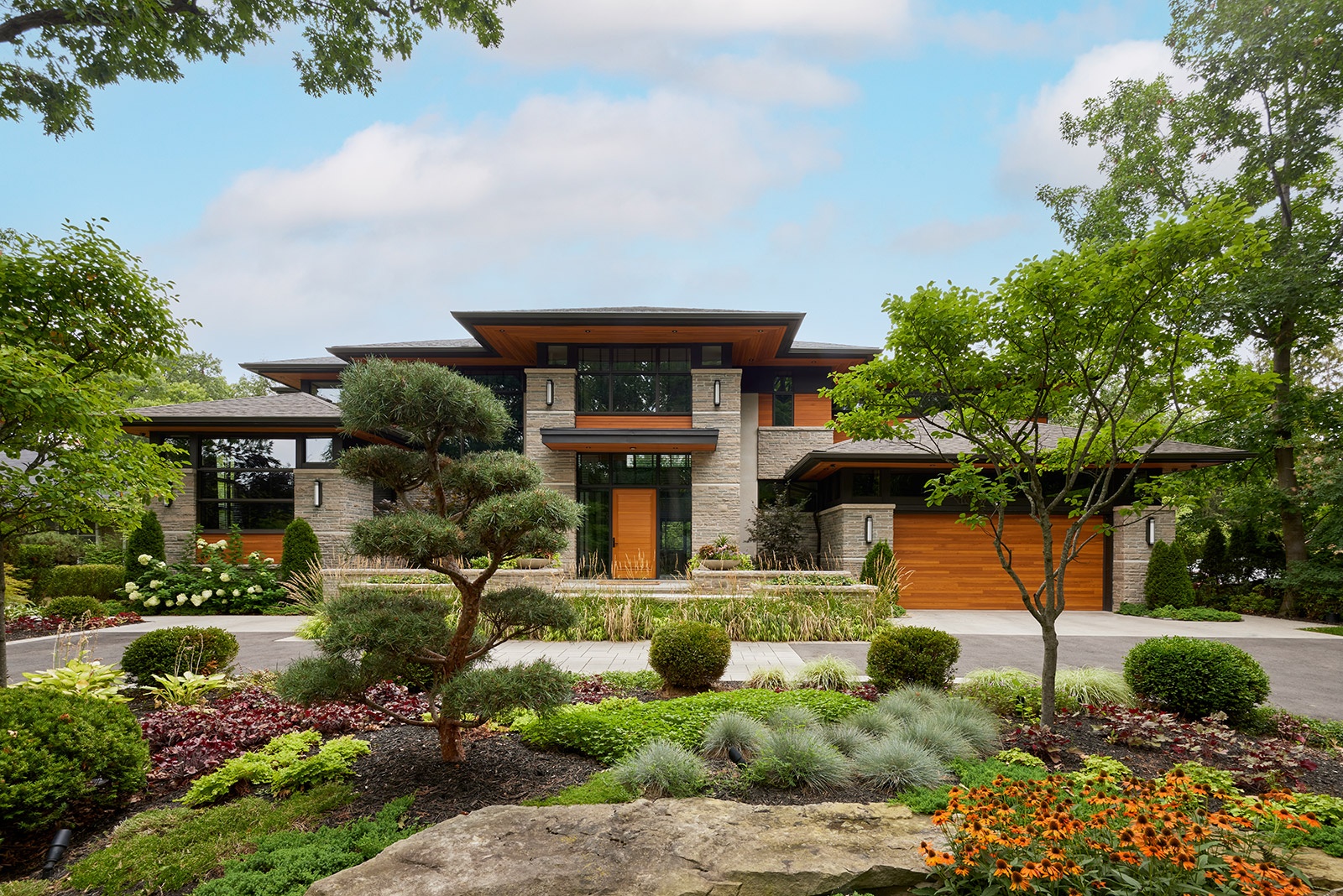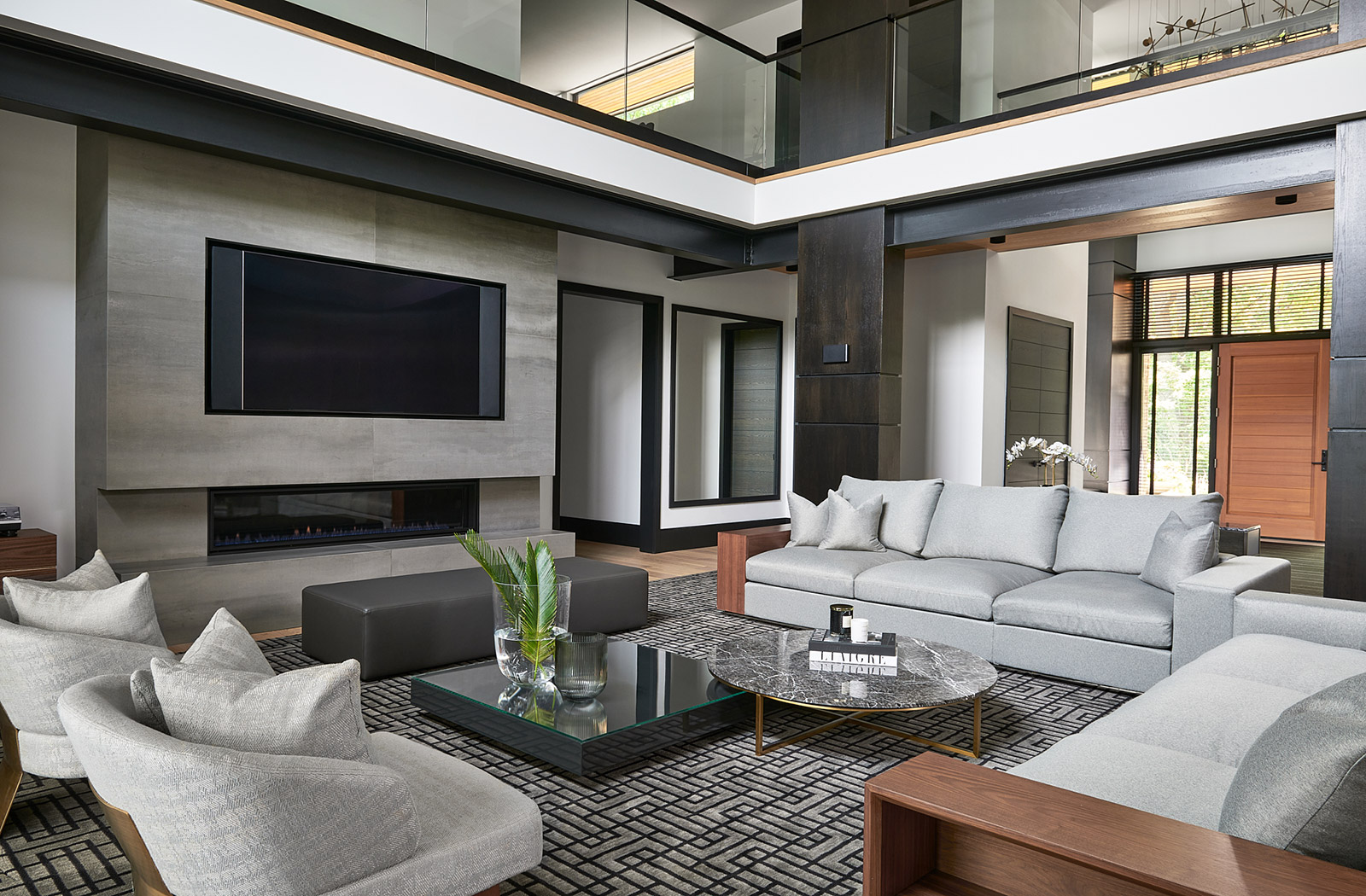The fine art of designing multi-generational custom homes
It’s difficult to imagine now, but there was a time when it was a given that multiple generations of a family would live together, whether out of cultural tradition or to find financial efficiencies. While it’s not unheard of today, the trend in the post-war era steadily shifted towards individuals moving out of the family home when they married or became (at least somewhat) financially independent. Uni-generational living would continue until they aged, passed away or could no longer look after themselves. But now, the pendulum seems to be swinging back. Rapid home price inflation, lack of housing supply and a renewed interest in aging in place have rekindled Canadians’ affection for multi-generational homes.

The most effective multi-generational residences are those that are carefully crafted to suit the needs of each family member, but without compromising architectural aesthetics, function or flow. So often, homes are renovated to create or free space with little consideration for design coherence. Adding a wing or erecting walls to create a new space for an aging parent, for example, may address an immediate need. But ad hoc renovations often make a home less, not more, welcoming. Expediting the addition of a basement bedroom or apartment is practical, yet may do little to enhance the long-term health and well-being of the person, couple or family that occupies it, thereby compromising design ambitions and the potential of the home to enhance its residents’ wellness.
Creating a truly functional multi-generational family home requires deft experience and expertise. It is as much an art form as creating a custom home itself, but with a distinct attention to detail that elevates spaces and creates opportunities for various generations of a family to thrive. The design process is one of discovery that requires learning about a family and how it interacts, intersects and the moments of solitude required to maintain harmony as family members’ interests and needs grow and evolve.
How to design a multi-generational custom home
There are myriad configurations and possibilities to consider when imagining your multi-generational custom home. And the financial incentives to start the process are more attractive than ever now that the federal government’s new Multigenerational Home Renovation Tax Credit is available. The benefit offers as much as $7,500 (or 15 per cent of as much as $50,000 in building costs) for the construction of a suite or extension of a home intended to house a family member. The addition must include a kitchen, bedroom, washroom and private entrance.
Incentives aside, the design conversation ultimately starts with the higher-level details. Which family members will be sharing the space? What are their ages, how do they live, what are their aspirations? Do they require separate quarters for sleep or reflection? What features could enhance the home’s livability? Many families are now choosing to situate at least one bedroom on the ground level, or to install or rough-in elevators if they plan to open their home to aging parents, or simply to age in place themselves. Is your family a boisterous one that enjoys spending as much time together as possible? Will you share interactions in a family room or kitchen? These are just a handful of the questions that our custom home design team includes in the discovery process.
From there, we consider the design options. Some families look at their living situation and opt for a standalone relative suite. With the recent introduction in Ontario of Bill 23, constructing outbuildings on a property or expanding homes should be easier and require less time for permit approvals. Sweeping changes introduced in the legislation should expedite the construction process and help you realize your multi-generational custom home vision faster.

Others may choose to design a home with separate wings and shared common spaces. A wonderful example of this approach is the Dusk Home. When Canadian singer Matt Dusk and his wife Julita Borko set out to build a forever home for their family, one that would also play host to Dusk’s brother and mother, our design team worked with the couple to account for a range of lifestyle factors. That included addressing their desire to construct a residence in David Small Designs’ signature Natural Modern style. The three-level, 6,000 sq. ft. Dusk Home—built by Rossini Homes with interior design by Fohr Design Studio—features open concept living areas and is flooded throughout the day with natural light.

To provide privacy for his mother and brother, Dusk and Borko opted for a design that features several suite-like rooms. Large bedrooms with well-appointed en suite washrooms and ample walk-in closets offer a relaxing escape from the bustle of family time. A soaring two-storey great room and open hallways keep the flow open and offer opportunities for interaction and communication, just as they create serene pathways for finding peace and quiet. Rooms at the back of the home connect to balconies to enhance connections to the outdoors, while courtyards at the side of the house allow light to flow in and offer family members private opportunities to enjoy the meticulously landscaped property.
The home is a case study in using clever and efficient architectural design to comfortably accommodate multiple generations of a family. It’s a prime example of what can be achieved when creating a residence that allows family members of all ages to thrive.
The David Small Design Team
Contact a member of our team today to learn more about our custom home design process.


